DT

‘Design and technology is an inspiring, rigorous and practical subject. Using creativity and imagination, pupils design and make products that solve real and relevant problems within a variety of contexts, considering their own and others’ needs, wants and values. They acquire a broad range of subject knowledge and draw on disciplines such as mathematics, science, engineering, computing and art. Pupils learn how to take risks, becoming resourceful, innovative, enterprising and capable citizens. Through the evaluation of past and present design and technology, they develop a critical understanding of its impact on daily life and the wider world. High-quality design and technology education makes an essential contribution to the creativity, culture, wealth and well-being of the nation’. DfE 2013
Sculpture Trail 2021
Intent
At BDS we recognise that pupils are highly motivated by the tools and materials used in DT lessons. In order to be able to construct, creatively solve problems and apply their maths, science, art and ICT learning pupils need to be confident in using tools and joining and cutting materials
Implementation
Experience of key practical fine motor skills is a priority: pupils have the opportunity to repeat in order to embed those skills, such as cutting, joining and construction skills, woodwork, sewing and simple movement mechanisms, in order to ensure progression. Practical application of learning in other subjects such as science, e.g. electricity, is carefully planned to follow on from learning in science. Pupils have the opportunity to make purposeful products, communicating their ideas through making, which they can apply in a variety of real world contexts. At BDS, cooking is linked to healthy living and so taught within this area.
Where a unit is design focussed, pupils follow a structure of research, design, make and evaluate. Problem solving can be challenging for some of our pupils and so they are given opportunities to explore choices through structured activities and by exploring how other designers have solved problems. For many pupils, designing is often best achieved during a practical task, where choices can be made about materials which are immediately to hand.
Where possible, DT projects are linked to the wider science, Maths, ICT and art curriculum, allowing focussed, STEM cross curricular projects which are meaningful and purposeful for pupils. The annual KS2 Arts Show provides a further culturally authentic opportunity to apply their learning as the DT curriculum works with the art curriculum to provide background, sets and costumes.
Key skills are taught discretely in some units which pupils can then apply within other more design based inputs to allow skills to be embedded. DT skills that benefit from repetition and practise such as woodwork and textiles, are included in KS2’s University and Challenge and development and other times during the school week.
Impact
Pupils enjoy DT lessons and working in the Art and DT room. They are confident when exploring new techniques and tools and when communicating an idea. They can organise themselves independently where appropriate and safely through regular experience of tools, materials and techniques. They can comment on design and technology using key vocabulary such as product and consumer and naming of tools and materials. They evaluate and test the effectiveness of their choices with support.
As learning is practical and active within DT, recording of work is through digital methods. Formative assessment of key skills in practical sessions supports the overall progression of units for individual pupils.
A skills ladder booklet provides an opportunity to record summative assessment for teachers and the coordinator to monitor both access and impact of the curriculum and inform planning

















































